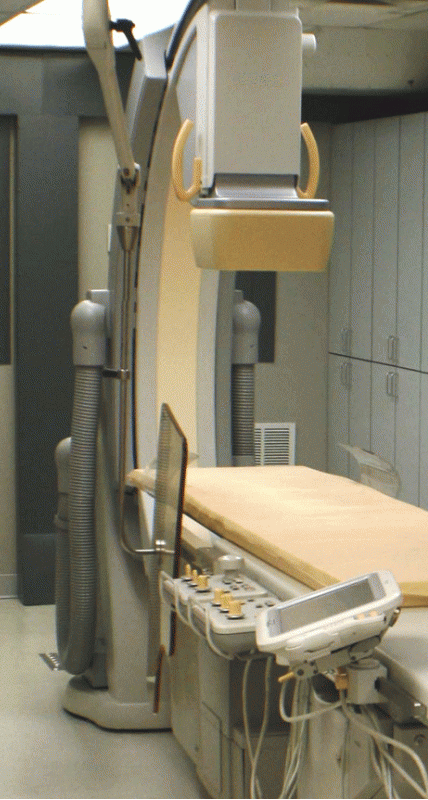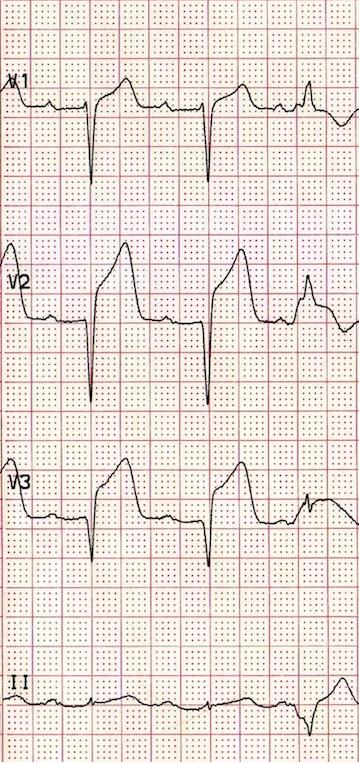Catheter Insertion
There are three main catheters used for a Left Heart Catheterization. The Judkins Left 4 (JL4), Judkins Right 4 (JR4) and a Pigtail catheter are successful in performing cardiac catheterization nearly 95% of the time. Dr. Melvin Judkins is the pioneer behind the JL4 and JR4 catheters. These catheters are ingeniously designed and are easy to use because they can engage the coronary artery with minimal catheter manipulation. Today, there are a variety of catheter types designed to easily fit any vessel of any particular anatomical shape
After the sheath has been inserted into the artery, catheters can be inserted and advanced for angiography. Catheters should be inserted ove a J-tip guidewire and advanced into the arterial system with the wire preceding the catheter in order to avoid injury to the vascular endothelium. The J-tip guidewire used has a diameter of 0.035 to 0.038 inch. Tortuous anatomy may require another type of wire such as a floppy tip Wholey Wire or hydrophilic Glidewire. The guidewire and catheter are advanced into the ascending aorta under fluoroscopic guidance. The proximal tip of the wire should be secured by the operator's hand to avoid embolization of the wire into the patient's circulation.
When the catheter has reached the Valsalva sinus of the Aorta, the guidewire is withdrawn by pulling and coiling the wire in your right hand as you wipe it with a wet guaze in your left hand. (Refer to image below).
With the wire removed, the catheter is connected to a manifold system for contrast delivery, flushing, and hemodynamic monitoring. When connecting to a manifold, use the fluid-against-fluid method by allowing blood to bleed back from the catheter, and at the same time advancing saline flush from the manifold. this will help prevent air embolism when injecting. Once connected, aspirate 3 - 5 mL of blood to eliminate blood clot or air, then flush.
References
- Baim, D.S. (2005) Grossman's Cardiac Catheterization, Angiography, and Intervention. (7th ed.). Philadelphia,Pa: Lippincott, Williams & Wilkins.
- Kern, M. et al (2003) The Cardiac Catheterization Handbook (4th ed.). Philadelphia, Pa: Mosby.

